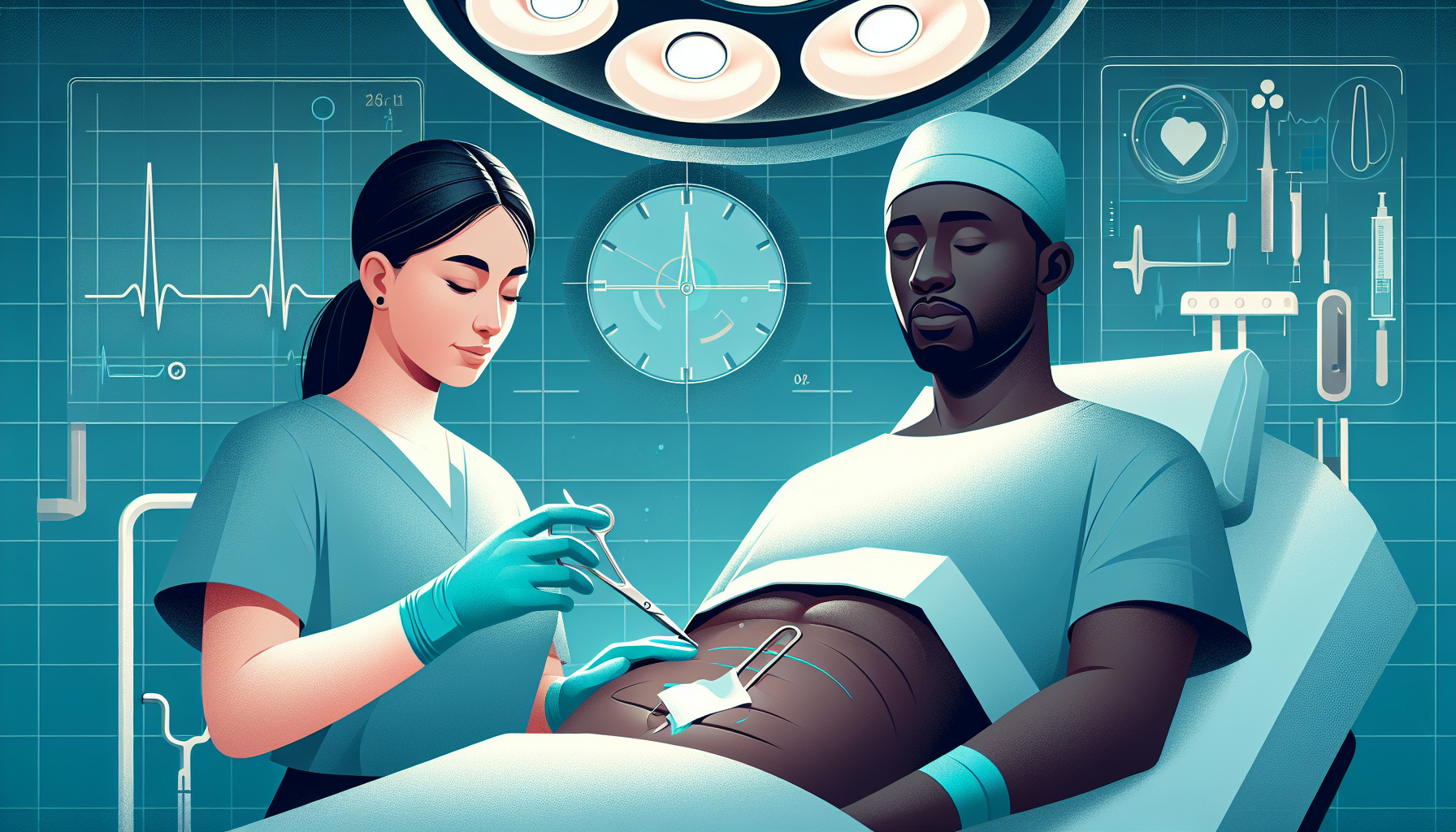Our Summary
This research paper discusses a rare condition called right-side diverticulitis, a condition where small pouches form in the right side of the colon and become inflamed. It typically affects younger patients and is often mistaken for other abdominal issues like appendicitis or certain gynecological problems.
The researchers looked at three cases of patients who were initially diagnosed with right-side diverticulitis. They used different imaging techniques, such as a CT scan or ultrasound, and other procedures, like colonoscopy or barium enema, to confirm the diagnosis and rule out other potential issues.
Two of the three cases were confirmed as right-side diverticulitis. In one of these cases, the diagnosis was confirmed through a colonoscopy, and in the other, a barium enema was used due to a prior colonoscopy that didn’t show anything unusual. Both of these patients needed a surgical evaluation to make sure their appendix wasn’t involved.
The third case was initially diagnosed as right-side diverticulitis using an ultrasound, but further tests showed that the issue actually originated in a different part of the colon, the sigmoid colon.
The paper emphasizes that when diagnosing abdominal pain, it’s important to consider right-side diverticulitis, even though it’s rare, and use appropriate imaging techniques to confirm the diagnosis.
FAQs
- What is right-side diverticulitis and who is typically affected by it?
- What imaging techniques and procedures are used to diagnose right-side diverticulitis?
- Why is a surgical evaluation necessary in some cases of right-side diverticulitis?
Doctor’s Tip
After diverticulitis surgery, it is important to follow your doctor’s instructions for recovery and rehabilitation. This may include taking prescribed medications, following a special diet, and gradually increasing physical activity. It is important to avoid heavy lifting and strenuous activities for a period of time to allow your body to heal properly. Make sure to attend all follow-up appointments with your doctor to monitor your progress and address any concerns. Remember to listen to your body and rest as needed during the recovery process.
Suitable For
In general, patients with diverticulitis who have severe symptoms that are not relieved with conservative treatments such as antibiotics, dietary changes, and rest may be recommended for surgery. Other factors that may indicate the need for surgery include recurrent episodes of diverticulitis, complications such as abscesses, fistulas, or perforation, or if the patient is immunocompromised or has a weakened immune system.
Patients who have recurrent or chronic diverticulitis that significantly impacts their quality of life, patients with large abscesses or perforations, or patients with a history of complications from diverticulitis may also be recommended for surgery.
Ultimately, the decision to recommend diverticulitis surgery is made on a case-by-case basis, taking into account the individual patient’s symptoms, medical history, and overall health. It’s important for patients to discuss their treatment options with their healthcare provider to determine the best course of action for their specific situation.
Timeline
Before diverticulitis surgery, a patient may experience symptoms such as abdominal pain, fever, nausea, vomiting, and changes in bowel habits. They may undergo imaging tests, such as a CT scan, ultrasound, colonoscopy, or barium enema, to confirm the diagnosis of diverticulitis and rule out other potential issues.
After surgery, the patient will likely need to stay in the hospital for a few days for monitoring and recovery. They may be put on a liquid diet initially and slowly transition to solid foods as tolerated. Pain medication and antibiotics may be prescribed to manage pain and prevent infection.
After discharge from the hospital, the patient will need to follow up with their surgeon for post-operative care and monitoring. They may need to make dietary and lifestyle changes to prevent future flare-ups of diverticulitis. Physical activity may need to be limited for a period of time to allow for proper healing.
Overall, the timeline of a patient’s experience before and after diverticulitis surgery involves diagnosis, preparation for surgery, recovery in the hospital, and post-operative care to ensure a successful outcome and prevent complications.
What to Ask Your Doctor
- What are the risks and benefits of diverticulitis surgery?
- What are the different surgical options available for treating diverticulitis?
- How long is the recovery process after diverticulitis surgery?
- Will I need to make any changes to my diet or lifestyle after surgery?
- What are the chances of the diverticulitis recurring after surgery?
- Are there any alternative treatments or medications that could be considered instead of surgery?
- Will I need a temporary or permanent colostomy after surgery?
- How experienced are you in performing diverticulitis surgery?
- What is the expected outcome of the surgery in terms of pain relief and quality of life?
- Are there any potential long-term complications or side effects of diverticulitis surgery that I should be aware of?
Reference
Authors: Blázquez Ávila V, Borrego Rivas S, Jiménez Palacios M, Baldi Borelli JS, Álvarez Fernández C. Journal: Rev Esp Enferm Dig. 2025 Jul;117(7):403-404. doi: 10.17235/reed.2024.10418/2024. PMID: 38685897
